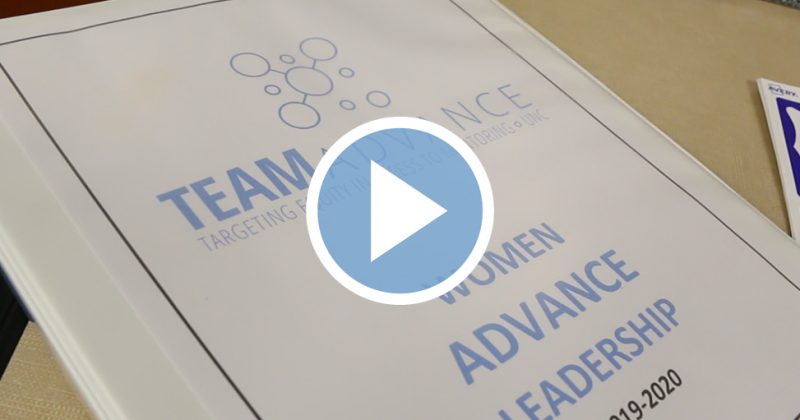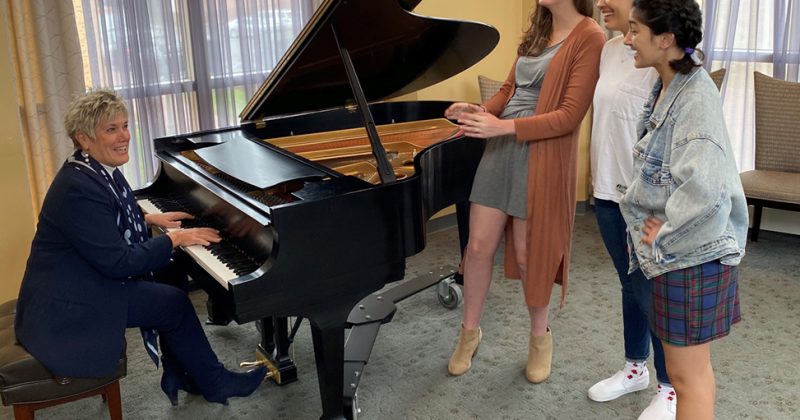
The Somali word for fear is cabsi. In Tagalog, takot. In Icelandic, ótti. But do these translations communicate the same human experience? Psychology researchers from UNC-Chapel Hill, in collaboration with scientists from the Max Planck Institute, studied languages around the world and found that the way humans conceptualize emotions like anger, fear, joy and sadness may differ across speakers of different languages.
The study is the largest of its kind, including data from nearly 2,500 languages. Psychology doctoral student Joshua Conrad Jackson is lead author on the study, and psychology and neuroscience associate professor Kristen Lindquist is senior author.
To approach the topic, the researchers built and analyzed large networks of colexification using a global sample of languages. Colexification occurs when one word has more than one meaning in a language. More often than not, colexifications mean that speakers of a language see two concepts as similar. For example, Russian speakers use the word ruka to describe both the hand and arm. In this study, the researchers asked whether languages colexified emotions, and if so, which emotions were seen as similar and distinct.
The team found that languages describe emotions differently across the globe. For example, some languages view grief as similar to fear and anxiety, whereas others view grief as similar to regret. The team also found that the way cultures express emotion is tied to geography. Language groups located closer to one another share more similar views of emotion compared to far-away language groups.
Regardless of geography, all languages distinguish emotions primarily based on whether they are pleasant or unpleasant to experience, and whether they involve low or high levels of arousal. For example, few languages view the low-arousal emotion of sadness as similar to the high-arousal emotion of anger.
This suggests that there are universal elements of emotion experience that may stem from biological evolution.
Published in the Spring 2020 issue | The Scoop
Read More

Tiny toad offers big potential for research on plasticity
The National Science Foundation features research by Karin and David…

Supporting and advancing women faculty
Targeting Equity in Access to Mentoring (TEAM) ADVANCE promotes accessible,…


